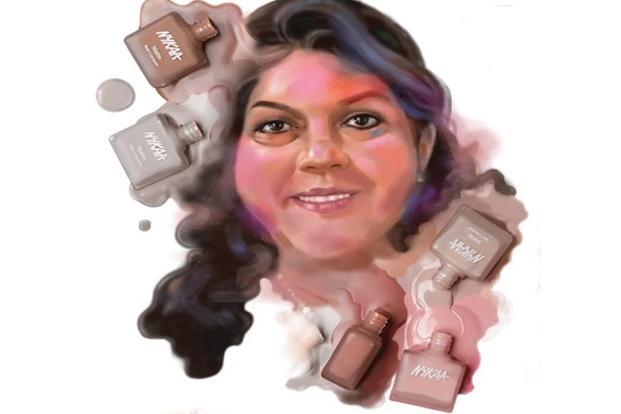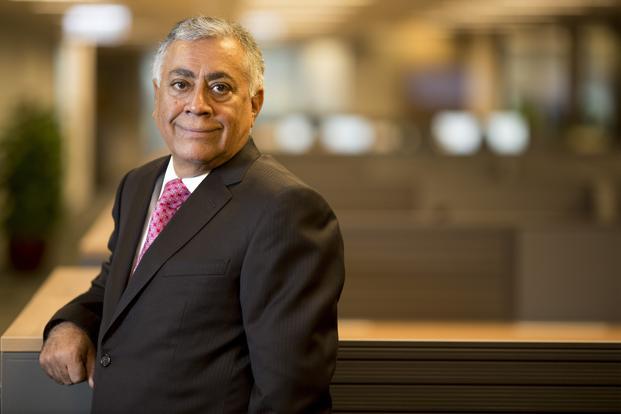
by siteadmin | Apr 23, 2025 | Mint
The banker-turned-businesswoman and Nykaa CEO on nail enamels, taking risks, and how she built a Rs280 crore cosmetics and wellness company. This article was published in Mint Lounge on March 24, 2017 When Falguni Nayar walks into a brightly lit Nykaa store in...

by siteadmin | Apr 23, 2025 | Mint
The master mariner, who founded a start-up after two decades at one of Asia’s biggest commodity trading firms, on Chinese hotels, Sunday dinners and god. This article was published in Mint Lounge in March, 2017 Harry Banga always thought he would retire from a career...




